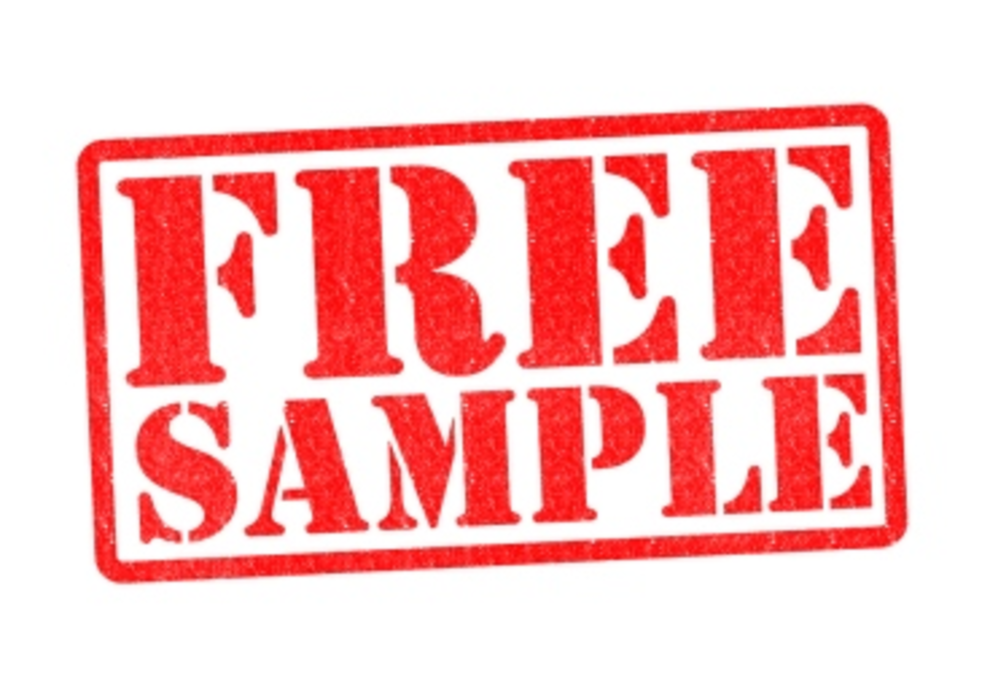Today’s the day the United States Postal Service (USPS) rolls out its summer promotions for marketers, which this year includes a free deal for marketers to put their logos on postal indicias, and discounts on mailers that make use of technological additions like augmented reality. Most popular among marketers is likely to be the Post Office’s reprised Simple Samples program, so herewith are some pointers for making best use of the discounts it offers.
ROI should be the first prescription for every mailbox sampling effort, advises Rocky Abbett, VP of sales for Nova Marketing Services, a sampling fulfillment company. The return on Simple Samples, he says, will be as good as your customer data.
“The Postal Service is making a first attempt at being customer-driven, and they are doing a good job for marketers, but they are a large organization and things are not as simple as they seem,” Abbett says. “At first blush, Simples Samples looks very price competitive, but there’s additional cost to it. The Post Office has requirements that push a lot of the work back to the fulfillment company.” In other words, taking advantage of the 5% Simple Samples discount may mean paying more to partners like Abbett.
His first rule of thumb is to limit Simple Samples efforts to regional or even retailer-specific promotions. Using the program for national programs involving hundreds of thousands of pieces might not be cost effective. “In that case, you might be better off with standard marketing parcels or even First Class,” Abbett says. “It depends on how accurate is your data, how large is your list.”
Simple Samples are limited by size restrictions of packages, and by the fact that they use the Intelligent Mail barcode (IMb), whichhelps follow a relocated customer to his or her current address. The program even allows for samples to be delivered without packaging. Letter carriers instead receive a box of samples and a stack of address cards to deliver on their routes. The problem with this system, according to Abbett, comes down to ROI.
“Sample sachets are good to gain trial, but it’s well known that multi-use samples achieve greater conversion,” he says. The larger packages containing larger samples can also carry marketing messages and coupons, which can give marketers a way to track consumers and add them to their user lists. And while Abbett is a fan of the IMb, its 4×4-inch size restricts what messages can appear on the package. His point is that, if marketers are sending to current lists, they won’t need the forwarding services provided by the IMb.
“I always preach data collection to clients who want good return on their sampling programs,” Abbett says, “but you’d be surprised how many brand managers at big CPG companies do little with the data they have on hand.”
That’s why Simple Samples is an ideal vehicle for regional efforts, in which marketers with imperfect lists can possibly piggyback on retailer data. “Say you’re a beauty brand and you’re doing a promotion with CVS and you got them to share the members of their Beauty Club,” Abbett suggests. “It’s a good way to get started, because it rarely occurs to marketers to use sampling occasions to gather data.”
Abbett’s overriding advice for would-be Simple Samplers is to work out all the details of the program far ahead of the mailing date. What’s the size of your package? Does the product, for instance, contain a gas that won’t be able to shipped by air? “Call the Post Office when you’re planning the program. Mock up your packaging and show it to them,” Abbett says. “They’re happy to work with you and it takes the surprises out of the process.”
The USPS kicks off two new promotional programs, joining Simple Samples in a run from August 1 to September 30. The Emerging Technologies promotion offers a 2% discount on all marketing-related mailings that use augmented reality, identity authentication devices, or near field communication links. The Picture Permit Imprint program allows companies to add their logos or brand images to postal indicias.








